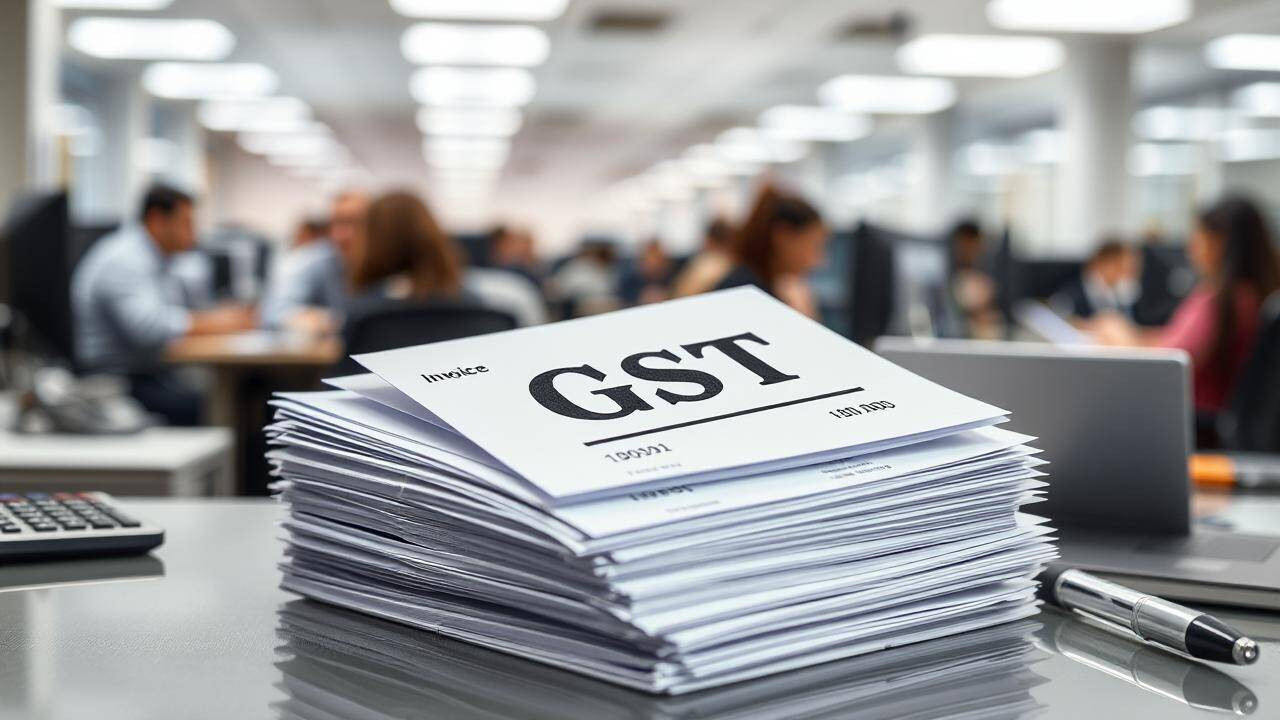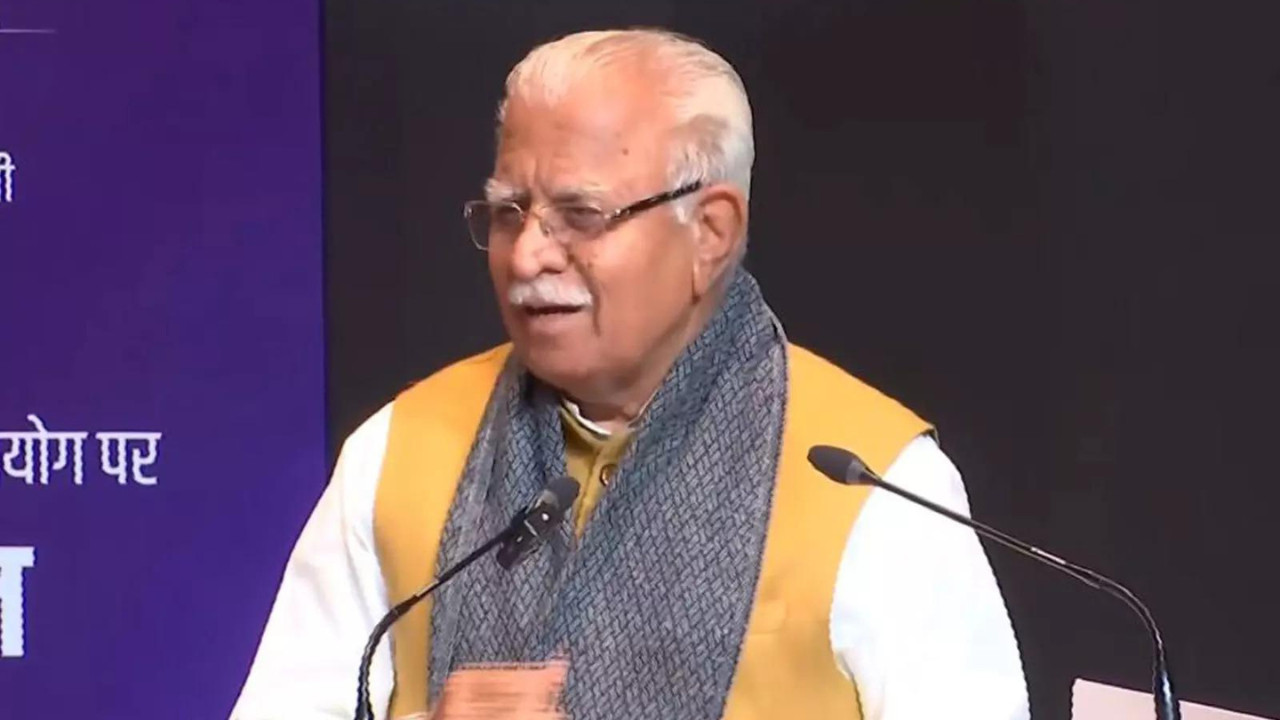The GST Council has eased compliance for businesses, particularly FMCG companies, by removing the requirement to link credit notes to specific invoices. This change addresses a long-standing pain point, especially for products with short shelf lives, and aligns GST provisions with standard business practices.
The GST Just Got a Whole Lot Simpler: What the 2025 Reforms Mean for Your Business
Let’s face it, navigating the world of Goods and Services Tax (GST) can sometimes feel like trying to solve a Rubik’s Cube blindfolded. The complexities, the matching requirements, the constant fear of non-compliance – it’s enough to make any business owner’s head spin. But hold on, because there’s good news on the horizon. Big changes are coming to GST, and they’re designed to make life significantly easier, particularly by 2025.
Imagine a world where you no longer have to painstakingly match credit notes to individual invoices. Sounds like a dream, right? Well, that dream is edging closer to reality with the latest round of planned GST reforms. The aim? To streamline the process, reduce compliance burdens, and ultimately, free up businesses to focus on what they do best: growing and innovating.
Ditching the Credit The current system, which demands precise matching of credit notes with their corresponding invoices, has long been a source of frustration. This requirement, while intended to prevent fraud and ensure accurate tax collection, often results in administrative nightmares. Businesses spend countless hours reconciling data, chasing discrepancies, and dealing with potential errors.
The proposed shift away from this stringent matching requirement is a massive win for efficiency. It signifies a move towards a more trust-based system, where the emphasis is placed on accurate reporting rather than laborious matching. This change acknowledges the realities of modern business, where transactions are often high-volume and fast-paced.

The Road to Simpler GST: What’s Driving the Change?
Several factors are driving this push for GST reform. First, there’s a growing recognition that the current system is overly complex and burdensome, particularly for small and medium-sized enterprises (SMEs). These businesses often lack the resources and expertise to navigate the intricacies of GST compliance, putting them at a disadvantage.
Second, technological advancements are enabling more sophisticated methods of tax administration. Data analytics and risk assessment tools are making it easier to identify and address potential fraud, reducing the need for overly prescriptive rules. These improvements allow for a more targeted approach to compliance, focusing resources on areas where they’re most needed.
Finally, there’s a clear political will to simplify the GST system and make it more business-friendly. The government recognizes that a streamlined tax regime is essential for fostering economic growth and attracting investment. This commitment to continuous improvement is driving the ongoing process of GST reform.
What the 2025 Timeline Means for You
The planned implementation timeline, targeting 2025, gives businesses ample time to prepare for the changes. This is crucial, as it allows companies to adjust their internal processes, update their accounting software, and train their staff.
While the specifics of the new system are still being finalized, the overall direction is clear: simpler rules, reduced compliance burdens, and a greater focus on accurate reporting. This translates into significant cost savings for businesses, allowing them to allocate resources to more strategic initiatives.
For instance, consider a small e-commerce business that currently spends hours each week reconciling credit notes. With the new system in place, that time could be redirected to marketing, product development, or customer service – all activities that directly contribute to growth. This ripple effect can significantly impact the overall economy, by fostering innovation and boosting productivity. Thinking about scaling your business? Check out our article on [effective growth strategies for SMEs](internal-link-to-related-article).
Embracing the Future of GST
The upcoming GST reform, particularly the shift away from credit note matching, represents a significant step forward in making the tax system more efficient and business-friendly. By embracing these changes and proactively preparing for their implementation, businesses can unlock significant benefits and focus on achieving their full potential. Keep an eye out for further updates and guidance as we approach the 2025 deadline, and remember that simplification is on its way. The future of GST is looking brighter, and it’s time to get ready.







